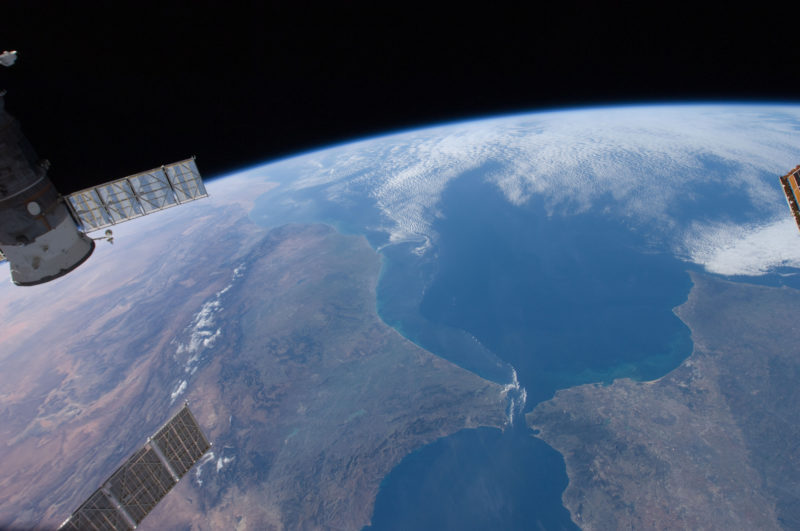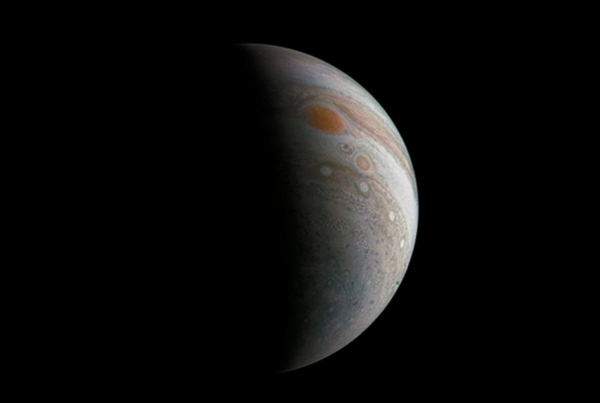SpaceX, a private space exploration company, announced Monday that it plans to send two tourists around the moon and back before the end of next year. It would be the first trip of its kind and a giant leap for the private space industry.
But on the way to the moon, the rocket would have to navigate around thousands of pieces of space junk – orbital debris from old satellites and pieces of rockets and spacecraft from previous missions.
Bloomberg aviation reporter Justin Bachman says that there are more than 100,000 pieces of space junk in Earth’s orbit.
“The issue is that it’s all different sizes,” Bachman says. “The bigger it gets the bigger a potential problem it would be because it packs more energy when it hits something. A 1-centimeter-wide fragment of aluminum packs the same punch as an aluminum safe moving at 60 mph.”
Entrepreneurs see an opportunity to start tracking space junk for private space companies like SpaceX. LeonLabs, a California-based space company, recently opened a radar facility in Midland, which provides high-resolution data on orbital debris.
What you’ll hear in this segment:
– Whether it’s safe to man a mission these days
– Whether private companies can compete with the data provided by NASA
– The legal issue surrounding collecting space junk
Written by Molly Smith.















